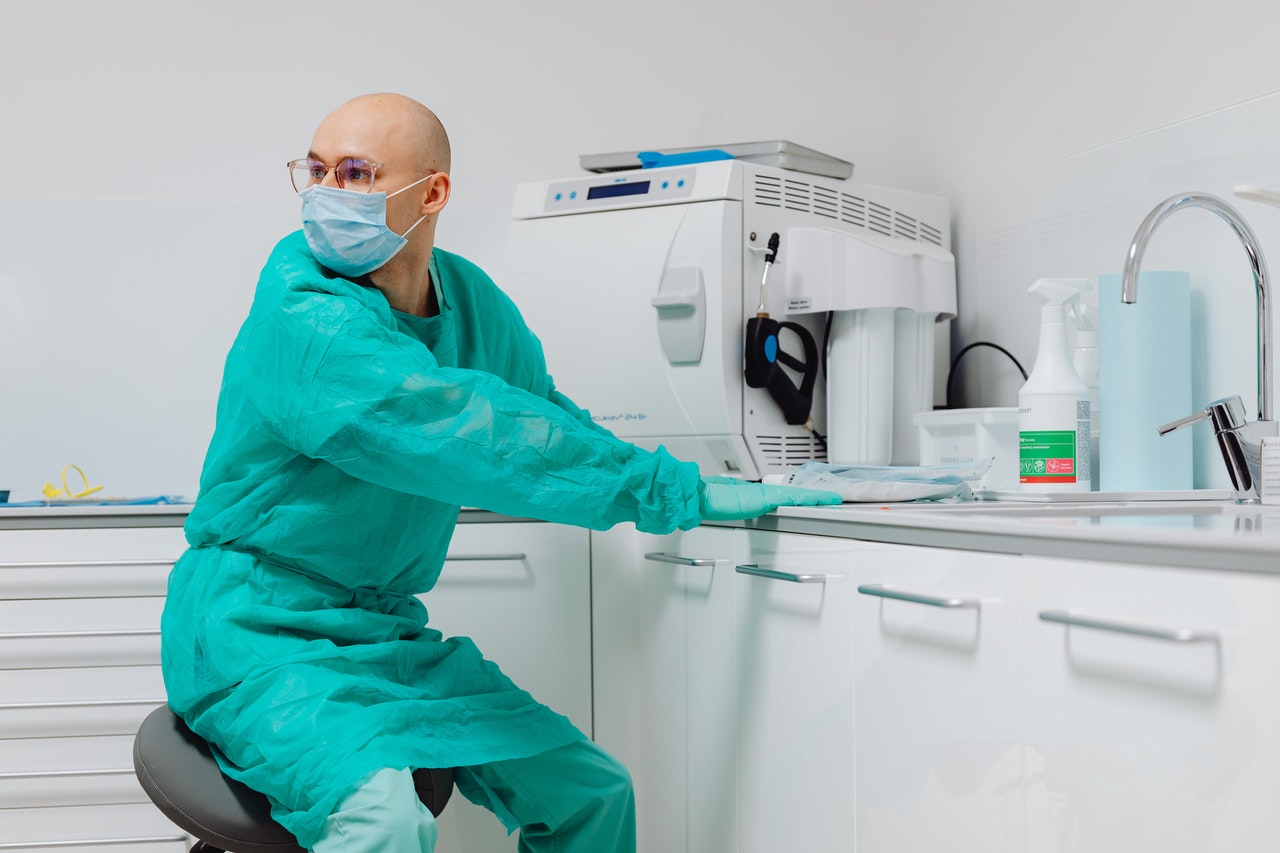Disclaimer: This website provides health information for educational purposes only and is not a substitute for professional medical advice, diagnosis, or treatment. Always seek the guidance of a qualified healthcare provider with any questions you may have.
As technology continues to progress, so will the world of healthcare and surgery. Emerging technologies have significantly impacted healthcare, from robotics to artificial intelligence and 5G capabilities — and these new tech discoveries and inventions will surely continue to drive the healthcare industry, and enhance the efficiency by which doctors and medical experts can provide care to patients.
Here are some exciting tech trends that have changed surgery and healthcare, and others to look forward to in the future.
Digital imaging
State-of-the-art digital imaging has played a significant part in helping plastic and oral surgeons provide patients with an accurate picture of what they can expect after the surgery. Virtual surgical modeling and other emerging technologies that are similar can potentially improve facial and oral surgery in the coming years.
This is because modern digital imaging produces 3D and full-colored images that can be viewed, edited, and manipulated from multiple angles. Not only does it give surgeons and patients a more accurate view of what to expect; it can also give the medical team an insight into what problems they might encounter during the procedure. Another health benefit of digital imaging is that it exposes clients to 80 percent less radiation exposure.
3D printing
The more traditional way of creating dental prosthetics is doing it entirely by hand. This was a tedious and labor-intensive process that took up orthodontists’ precious time that they could be spending doing more important tasks. Making these prosthetics also required plenty of adjustments and fittings. For dental implants, it sometimes entailed re-doing the entire surgery.
But thanks to 3D printing, dental surgeons now have access to faster, more convenient and more accurate dental prosthetics also via digital imaging. This computer-controlled 3D printer can recreate an exact and accurate match of the patients’ dental state, and the level of precision and accuracy means more success on the first try.
Augmented reality
One example of how augmented reality is transforming surgery is Proximie, a London-based company that created an internet-based platform that provides ways for surgeons to connect and collaborate through video, audio, and augmented reality.
It was founded by reconstructive plastic surgeon Dr. Nadine Hachach-Haram, who demonstrated her company’s tech through a real operation that was filmed for TEDWomen 2017. When she launched this company in 2017, she probably didn’t know just how invaluable it would be in the time of COVID-19, where physical distancing has become the norm.
As the company and other experts continue to advance in this tech, doctors might just be able to save every patient who needs it in real-time, even when they’re not in each other’s physical presence.

Artificial intelligence and robotics
Another example is AI-guided robots, which can analyze data from patients’ pre-op medical records to assist and guide a surgeon’s instrument and tool during surgery. This new technology can help patients reduce their hospital stay. The tech is also minimally invasive, which means patients don’t need to spend a lot of time healing from bigger incisions.
Thanks to artificial intelligence, these robots can utilize previous information from patients’ past operations to influence and inform new techniques in surgeries. These latest advancements are seeing promising results since many orthopedic patients discovered that this AI-guided procedure has resulted in fewer complications as opposed to orthopedic surgeons working by themselves.
5G capabilities
Working hand-in-hand with artificial intelligence and robotics, 5G capabilities can help surgeons perform procedures from thousands of miles away. In 2019, a doctor in China successfully inserted a stimulation device inside the brain of a patient who was suffering from Parkinson’s disease, and he did it while he was 1,900 miles away from the patient.
Before then, remote surgery via wireless networks was widely considered to be impossible due to the lag time, which could present plenty of harm to patients — harm that could cause their death, because even a lag time of 2 seconds can be extremely dangerous. But thanks to 5G technology, doctors and physicians just might be able to work directly on patients without any sort of lag or delay, with the added benefit of being capable of operating from a distance. Once again, it’s a technology that will benefit a post-COVID-19 world.
We live in a time when artificial intelligence, robotics, machine learning and other tech discoveries straight out of a sci-fi film, can now be used for the benefit of humanity. As scientists discover and invent more, we can be hopeful that more devices and tools can help humanity be the healthiest we can be.




